Andrew Burdick
A people-driven architect rebuilding communities one project at a time

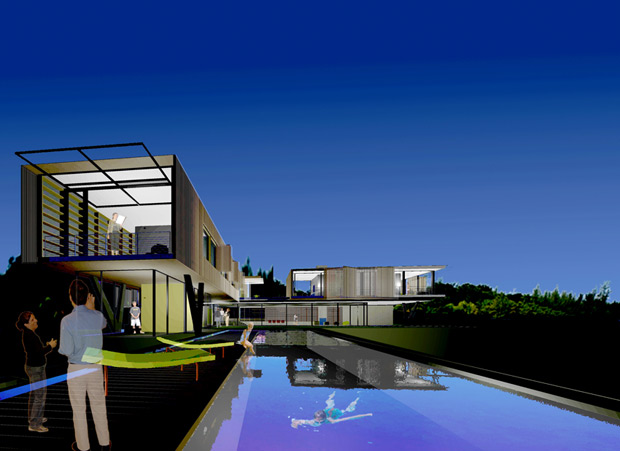
New York-based architect Andrew Burdick may not produce work with the flashy curves of a Gehry or distinguish himself with an iconic style like Meier’s glassy minimalism. Instead, Burdick lets the nature of each specific challenge dictate the project’s eventual form, harnessing the unique set of issues into beautifully-functional outcomes.
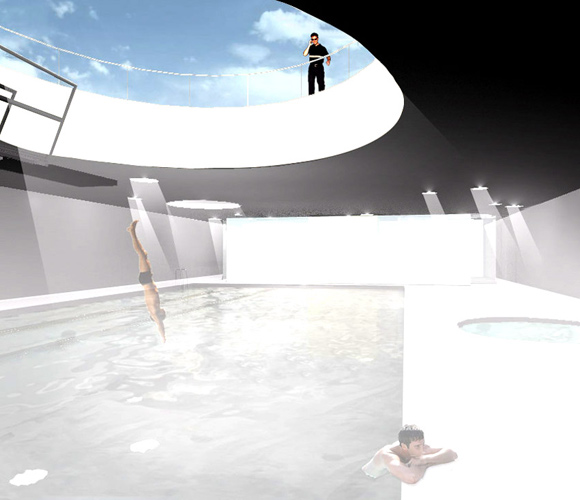
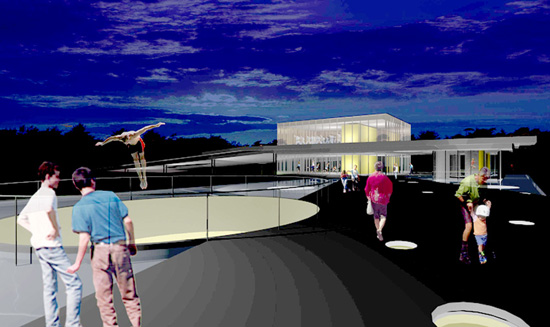
One elegant example, a sports complex, increases the amount of usable space by simply elevating one end of the park. A subterranean soccer field and swimming pool tucked under this ingenious wedge doubles the amount of usable space. “For me, the substance doesn’t come from the style,” Burdick explains. “The image of what the building should be comes from the process of solving a specific problem in a contextually driven method of design.”

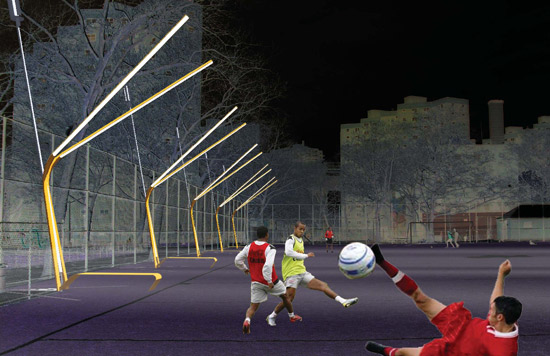
In spite of his user-driven approach, once you become familiar with Burdic’s work, it’s impossible to mistake it for anything else. From the clean lines of his economical and ecological athletic lights to open spaces in a residential apartment, Burdick draws on what he refers to as “a simple gesture” to revolutionize how we move through the rooms in which we live. In a Brooklyn Heights home, a family of four wanted to eliminate closed-off compartments and doors. “Essentially, [we] created a beltway and opened all the doors so their four-year-old could run and ride around,” he said, explaining, “They live in the entire apartment as a result of one gesture, instead of just living in the living room or kitchen.”
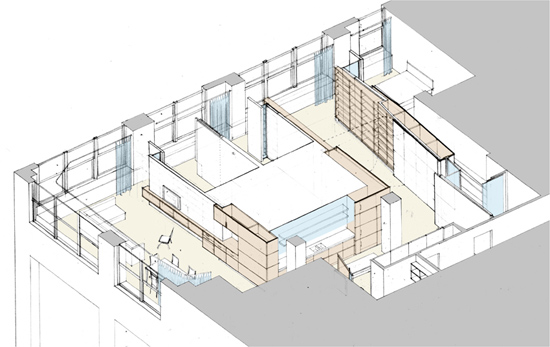
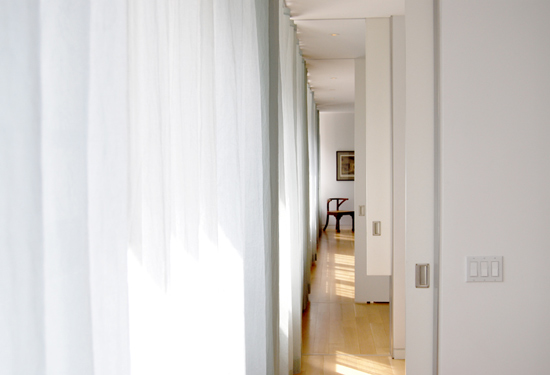
Another common theme throughout the designer’s work is architecture as an act
of civic engagement. “At every level, [architecture’s] impacts are incredible. Space
can make a difference in your day. And we’re doing something that’s going to last for
awhile,” he emphasizes. Burdick, who worked as a director with the New York chapter of
Architecture for Humanity, in 2004 founded The Studio Collaborative, a project which
pairs architects and designers with community members.
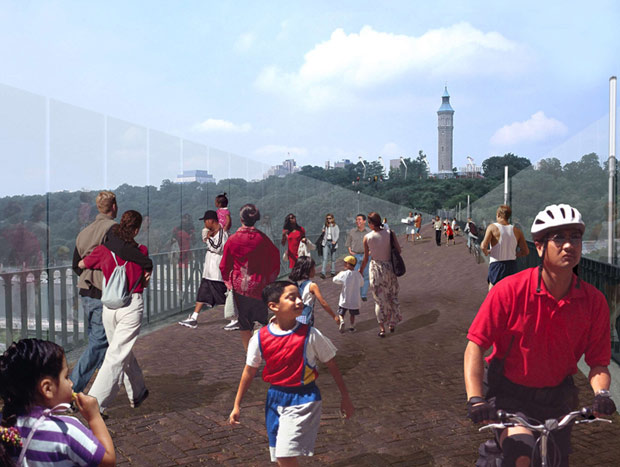
When local organizations had difficulty raising the profile of a mission to restore the High Bridge, one of the oldest walkways in NYC connecting Manhattan and the Bronx, Burdick worked with community leaders to create images of what the community had in mind. Those images kickstarted the fundraising process, eventually leading to a $50 million cash infusion from Mayor Bloomberg’s PlaNYC project. “It’s amazing what a very simple gesture can do to move a project forward,” Burdick notes.
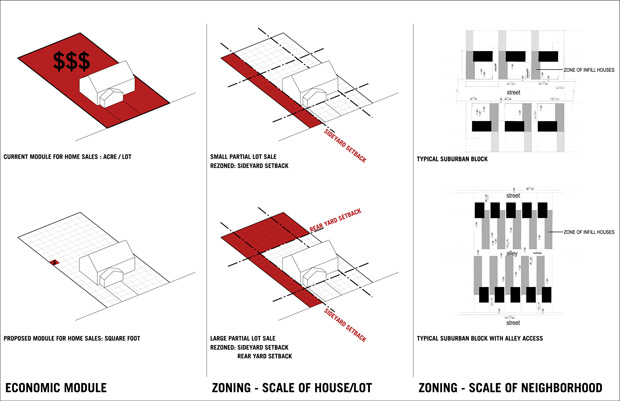
Another clever approach to a civic problem, Burdick set his sights on the U.S. housing problem. Where most vast, featureless tracts of suburbia tend to be ignored by architects, Burdick sees potential. In a study with The Studio Collaborative
called “Opportunities of Foreclosure”—what he refers to as “skinny houses and other cool ways to live”—he illustrates how a huge suburban lot might be divided up into smaller residences for couples or singles. This division would help struggling homeowners cut their losses, while those who don’t need or want 2,000 square-feet could get their foot in the door.
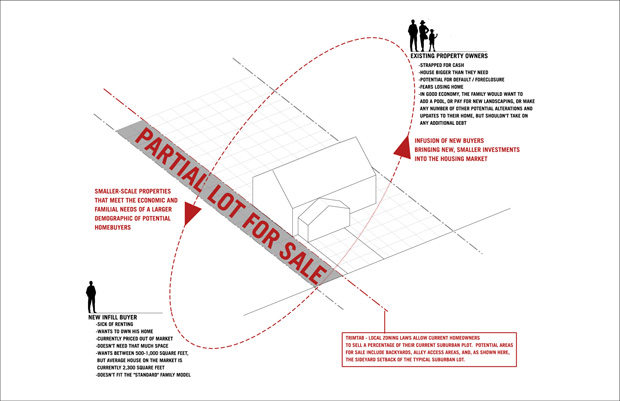
“I started thinking about this in my thesis at the University of Virginia years ago, but
when the foreclosure crisis hit, I took a very different stance on it,” said Burdick. “Half
of America is sitting on a potential asset. What if we stopped thinking of suburban real
estate as the scale of a lot, but on an urban scale of a square foot? What if we changed
one component of zoning laws to allow these owners to sell a piece of their lot?”
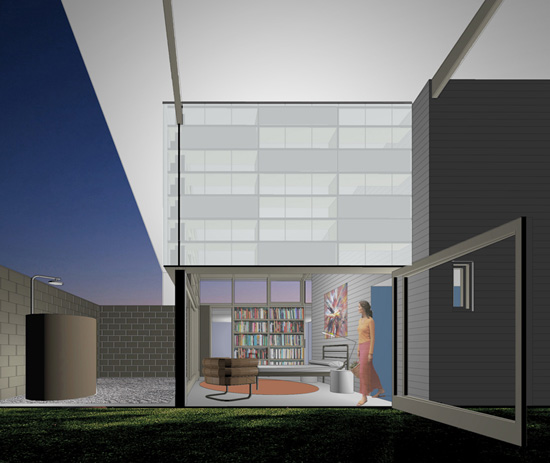
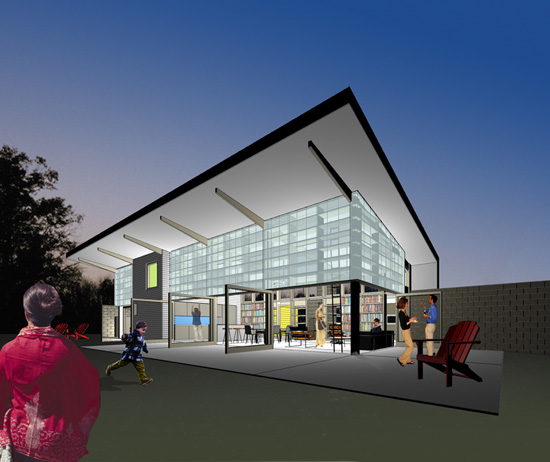
Tapping into the enormous prospects that architecture has for changing daily life in a positive way, Burdick’s stands to have a real impact in shaping the future of our overburdened cities and beyond. “Architecture is about both catalyzing and transcending immediate needs,” Burdick states. “A building’s success is ultimately measured by the pleasure it brings to those who live, work, eat, and play in it.”
The Audi Icons series, inspired by the all-new Audi A7, showcases 16 leading figures united by their dedication to innovation and design.












